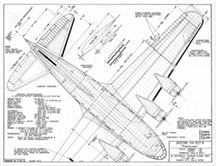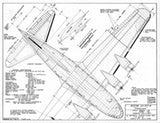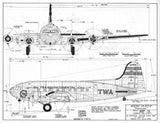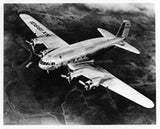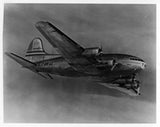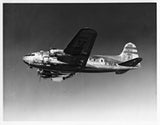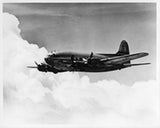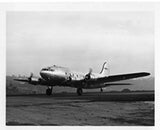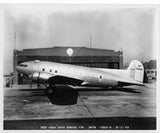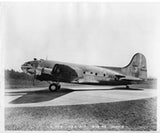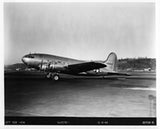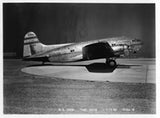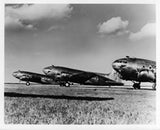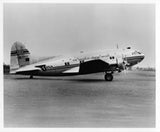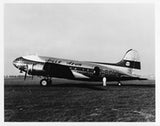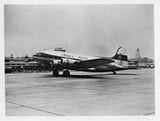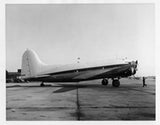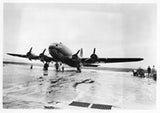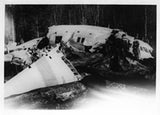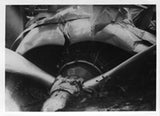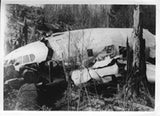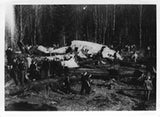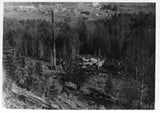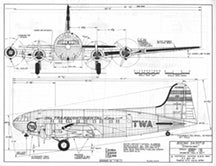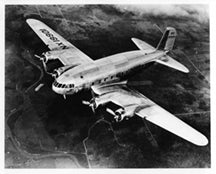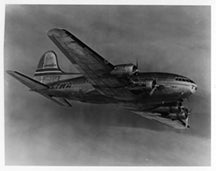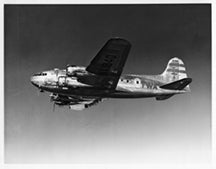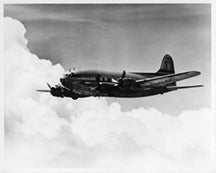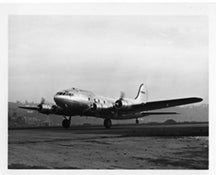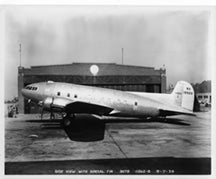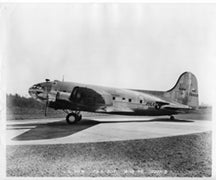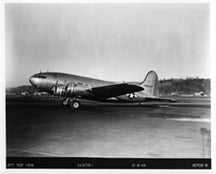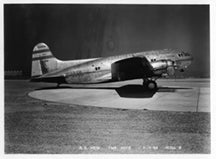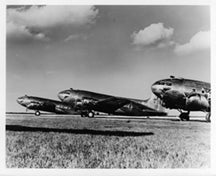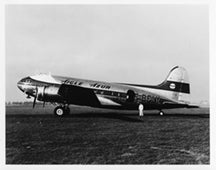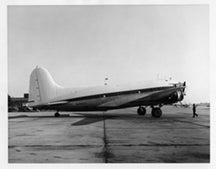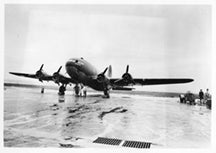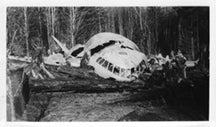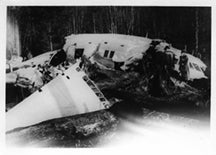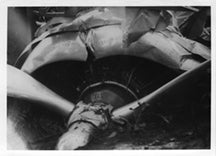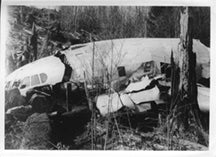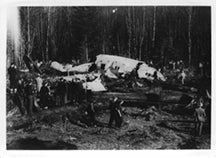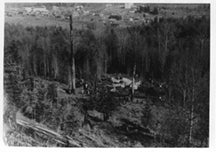Drawing - Paul Matt - Boeing 307
$ 1.49
Brand Kiona Publishing, Inc.
In 1935, Boeing designed a four-engine airliner based on its B-17 heavy bomber (Boeing Model 299), then in development, calling it the Model 307. It combined the wings, tail, rudder, landing gear, and engines from their production B-17C with a new, circular cross-section fuselage that allowed pressurization.
The Boeing Model 307 Stratoliner was a commercial transport aircraft that entered service in 1938. It was the first aircraft to offer a pressurized cabin, which let it cruise at an altitude of 20,000 ft (6,000 m) — above most weather disturbances.
The Model 307 carried a crew of five and 33 passengers. The cabin was nearly 12 ft (3.6 m) across. It was the first land-based aircraft to include a flight engineer as a crew member. It was also flown as the Boeing C-75 Stratoliner by the United States Army Air Forces, who used it as a long-range cargo aircraft.
The first order, for two 307s (Stratoliners), was placed in 1937 by Pan American Airways. Pan Am soon increased this to six. A second order for five from Transcontinental & Western Air (TWA) prompted Boeing to begin production on an initial batch of the airliner.
Specifications:
- Crew: five: two pilots, flight engineer, two cabin crew
- Capacity: 38 passengers in daytime, 25 by night
- Length: 74 ft 4 in. (22.6 m)
- Wingspan: 107 ft 0 in. (32.63 m)
- Height: 20 ft 9.5 in (6.33 m)
- Wing area: 1,486 ft2 (138 m2)
- Empty weight: 30,000 lb (13,608 kg)
- Gross weight: 45,000 lb (20,420 kg)
- Powerplant: 4 × Wright GR-1820-G102A radial engines, 1100 hp (820 kW) each
- Maximum speed: 241 mph (387 km/h, 209 kn)
- Cruise speed: 215 mph (344 km/h, 187 kn)
- Range: 1,750 mi (2,820 km, 1,520 nmi)
- Service ceiling: 23,300 ft (7,110 m)
- Wing loading: 28 lb/ft2 (138 kg/m2)
- Power/mass: 0.098 hp/lb
* All downloadable drawings and photos are high resolution — 300 dpi

